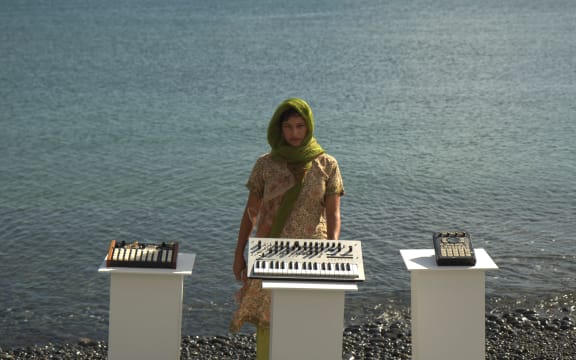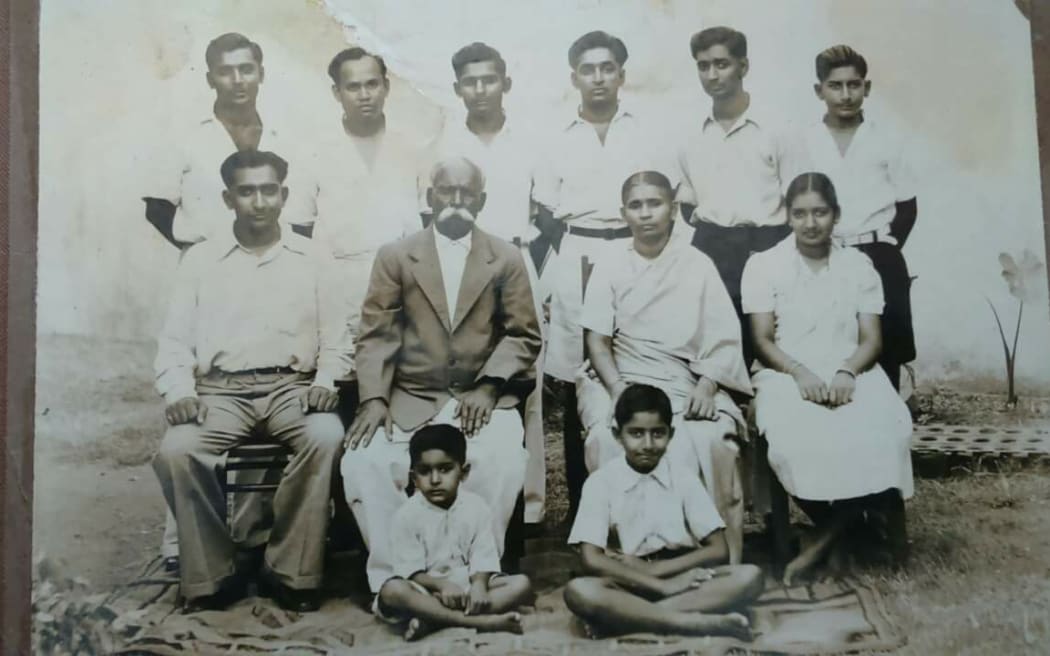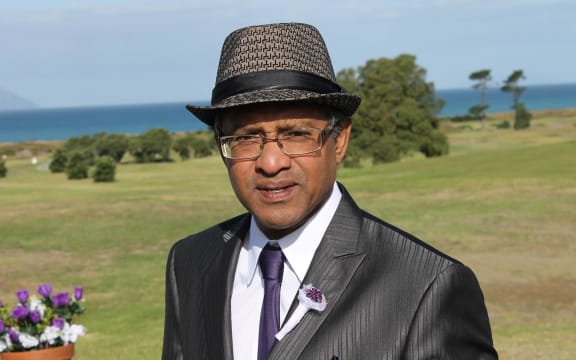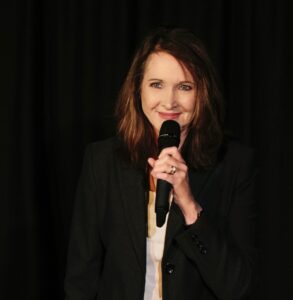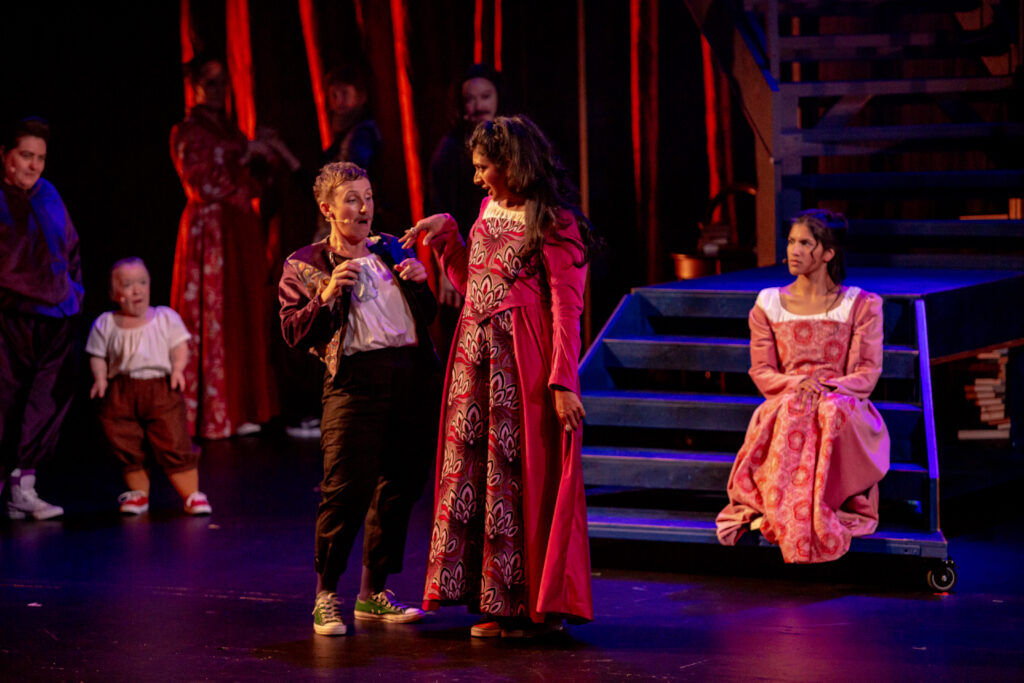If you’re lucky enough to live in Canberra, there’s a new play you need to catch. It’s called, After Rebecca. Critics are describing the work – which tackles all the undercurrents and complexities of coercive control – as “Beautiful and raw and heartbreaking.”
The work tells the story of an unnamed woman who is swept away by handsome millionaire who stars in a reality TV show. He takes her to a remote outback property. It’s there she encounters an unsettling undercurrent of violence, gaslighting and complicit bystanders.
I caught up with the play’s creator, Emma Gibson, to have a chat.
Firstly, tell us who you are.
I’m a playwright, writer and dramaturg based in Melbourne now, but spent almost half my life living in Canberra. I moved to Canberra to study at ANU and then stayed. I fell into playwriting accidentally. I was a keen writer and an amateur actor and it took me an embarrassingly long time to combine the two.
What inspired you to write “After Rebecca”?
I’m a big reader and was raised on the classics. Daphne Du Maurier’s Rebecca is (was?!) one of my favourite books, alongside Wuthering Heights and Jane Eyre – so I am drawn to atmospheric, gothic novels.
In 2020, I was working on a play that also draws heavily on the gothic and did a lot of reading. I re-read Rebecca and was really struck by how problematic the ending is – I won’t spoil it in case you haven’t read the book, and you don’t need to have read it to see the play. The hook for me though, was the idea that if the book had been written today, it could not have ended the same way.
Indeed, Hitchcock did change the ending in his film adaptation. (Let’s not even go into the hugely problematic Netflix adaptation. The idea started brewing from there – what would a contemporary, Australian post #metoo version of that story look like? As it was 2020/2021 and I was living in Melbourne, I was initially thinking about developing an audio play or podcast, rather than live theatre. But as I got further into the story, I knew I wanted it to be a solo performance to allow the central character the space to speak – something she’s never had before in her own story, but also something that is often denied when women attempt to speak up.
A mentor once said to me that all playwrights have one story that they keep telling over and over, trying to get right – and I think that’s true of me. Almost all of my plays could be described as being about a woman who is trapped in one way or another. Where they differ is what happens next.
Sometimes it’s hard to keep the issue of domestic abuse on the agenda. Why did you want to tackle this issue in the form of a play?
My day job is writing speeches on gender equality, so it’s a challenge that I grapple with regularly – how can we engage with people who may be resistant to these types of conversations? How can we educate without being didactic and bring people into these conversations?
Storytelling is powerful here, and I wanted to consciously bring together my skills and knowledge from my creative and professional careers to use theatre for social change – or at least as a starting point for conversations in the foyer afterwards!
Having a relatable character we connect with and who takes us on a journey provides an invitation for people to engage with this issue – in a way they may not otherwise.
To outsiders, coercive control can be difficult to capture. Some people can’t understand why it’s so insidious and dangerous. How have you tried to depict it?
It’s absolutely insidious. I’d read Jess Hill’s book “See What You Made Me Do” and as part of the research for the play, I listened to her podcast, The Trap. That really made me think about how coercive control escalates. In drama, you also want escalating tension, so I wrote out a list for myself of red flags and how I could show them in the narrative in a way that built over time.
Separately, I’d looked at the key plot points in the original novel, and realised there’s a clear story of coercion – beginning with love bombing and then isolation. My intention is that it works on two levels – that the plot is propelled forward, but also people can identify red flags, even if retrospectively. This helps to make it visible – I sometimes joke that we could do a show and give the audience actual red flags to wave when something coercive occurs.
Why is your main character someone whose name no one remembers? Is this an attempt to convey “every woman?”
Daphne Du Maurier’s book deliberately doesn’t name the narrator, which both conveys that she is an “every woman” character, but also strips her of her identity – she is inconsequential until she marries Maximillian De Winter and becomes the second Mrs De Winter (and even in wearing the same name, fears she will never live up to her predecessor, Rebecca, who died under mysterious circumstances). I could have given the Narrator a name, but her namelessness not only conjures the idea of the every woman, but also the way women have been historically (and still are) overlooked.
In contrast, the man in this story is someone glamorous and larger than life. He partakes in love bombing. What does this show?
Ultimately, this is about power and systems of oppression. The man in this story not only benefits from male privilege, but comes from a rich family, had a private education, and has influential connections. In contrast, the woman in the story was raised by a single mother in a low socioeconomic status environment, where no one in her family has gone on to higher education – which was my own background. There’s a sense sometimes that normal rules don’t apply for those with power – that they can escape accountability.
I also really wanted to challenge the ‘happily ever after’ romance narratives, and for that reason, the play begins on the set of a reality TV show, where ‘Max’ is one of the eligible bachelors. While a guilty pleasure for some of my friends, I’ve never really been swept up in those types of reality TV shows – with grand romantic gestures that are selling a fantasy but are far from realistic. There’s also this sense of elevating the leading men to these idealised characters, where they are valorised for their success (usually being rich and/or good looking) and often fed lines (or roses) they wouldn’t come up with on their own.
Tell us about the setting (the outback) and undercurrents in this play.
I love writing about place and evoking place as a character – in fact, I have a MA in Place Writing, which is quite a niche degree. The original novel is set in a manor house in the English countryside. I wanted to amplify the idea of isolation – a tactic often employed by those who use abuse – and give it a uniquely Australian setting, so I chose a remote cattle station in the Australian outback.
Not only is there a harsh landscape and extreme isolation (some cattle stations are bigger than European countries) but they can be quite unwelcoming environments for women, as they can often be heavily male dominated, and with outdated gender stereotypes around men’s work and women’s work. The setting is evoked through sound design by Daniel McCusker, which really creates a sense of place as another character. The score – and the use of silence at certain points – helps convey mood and at times, tension.
What can you tell us about Michelle Cooper and how she handles this complex work?
Michelle Cooper is a Canberra born and bred actor and the solo performer of the show. She is an absolute powerhouse. I wrote this script with her in mind – she signed on to the project with just the first couple of pages and a pitch from me, which was a leap of faith I’m very grateful for. The show is a thriller, so it’s a high-octane show for Michelle and she holds the audience in rapt attention for 65 minutes, which is no mean feat. It’s also challenging content to work with every day.
We were very intentional in taking a collaborative, feminist and trauma-informed approach to developing the show as it contains challenging content.
As Michelle said early in the process, ‘the body doesn’t know the difference between performing trauma and actual trauma’ so at the end of the show she’s holding a lot of physical tension, which is why she usually dances it off at the curtain call. We’ve also made self care a priority. Rehearsals and producing a show can be exhausting or stressful, but we really focused on accessibility and accommodating our disability/health needs (I have Long Covid and we have neurodivergence in the team) so I’m really proud of our approach here.

Michelle Cooper performing in After Rebecca. Picture: Supplied
I also wanted us to have equal share in the creation, so Michelle and I co-direct the show. Daniel McCusker is our production designer and also provided additional perspective throughout rehearsals and is now keeping it all on track as stage manager too, including supporting Michelle (or as I like to call it, with tongue firmly in cheek ‘wrangling the talent’).
What do you hope audiences take from the show? How has it been received so far?
We really want this to be a starting point for conversations and for people to think about kinds of behaviour that they might observe in their own relationships and those of loved ones that could be red flags. As well as that, it’s just a powerful piece of theatre. I’ve been blown away with all the positive feedback we’ve received from audiences. On our opening night at Adelaide Fringe, we got a 5-star review, and it was so affirming to read the reviewer’s insights and see that he was clearly picking up on our intentions with the piece.
As a reformed reviewer, I can tell you that’s a rare and special thing! We have also had a phenomenal response from audience members – many have stopped to chat afterwards, while others have posted on social media or the Adelaide Fringe feed. At a recent show, an older man came up to me afterwards to say ‘Bloody brilliant’. Then as he left the theatre, he turned to his companions and said ‘Wow.’ I wish I could have heard the conversation that followed. An audience member from our development season at La Mama Theatre also bumped into Michelle three months later and said they were still thinking about the show! You can see the ‘Fringe feed’ audience contributed reviews here.
Anything else you want to say?
When we discussed bringing Daniel on board as our designer, I had initially wanted an all-women team, but as Michelle rightly pointed out, we need men engaging with this content too. She said “Fundamentally, a man supporting women to tell this story has a beautiful echo of exactly how we need to work in this space, discussing these topics.”
Some of the most insightful feedback we’ve received (and our best review) are from men too, which I think is really testament to the importance of bringing people of all genders into this space.
While this particular story focuses on a woman’s experience of violence perpetrated by an intimate partner, we’ve been reminded all too recently that men are also at risk of violence or death at the hands of an intimate partner.
After Rebecca is on in Canberra from March 19-23.
- Picture at top: Michelle Cooper performing in After Rebecca. Image: Supplied
The post Tackling the undercurrents of coercive control on stage appeared first on BroadAgenda.
This post was originally published on BroadAgenda.
